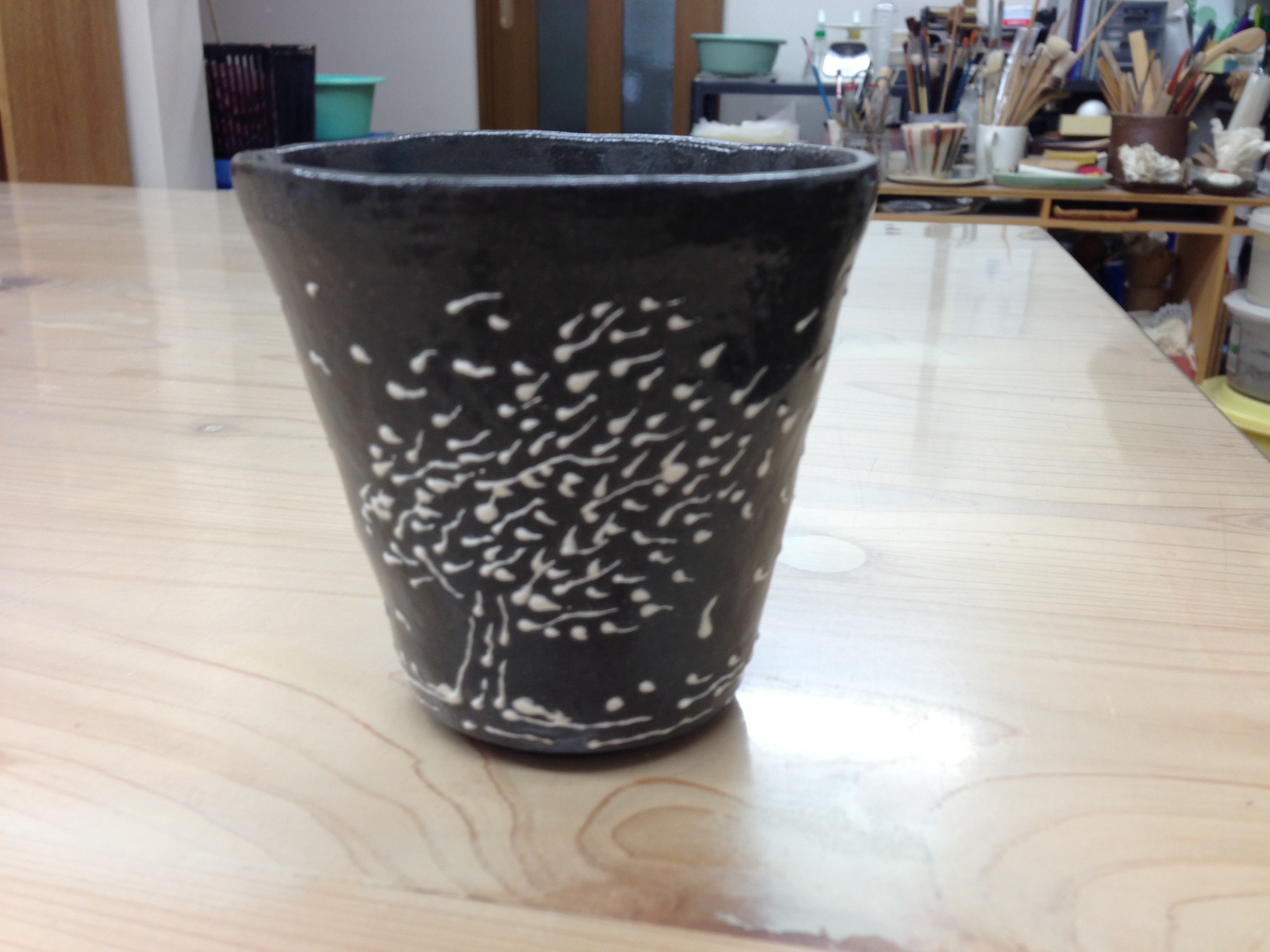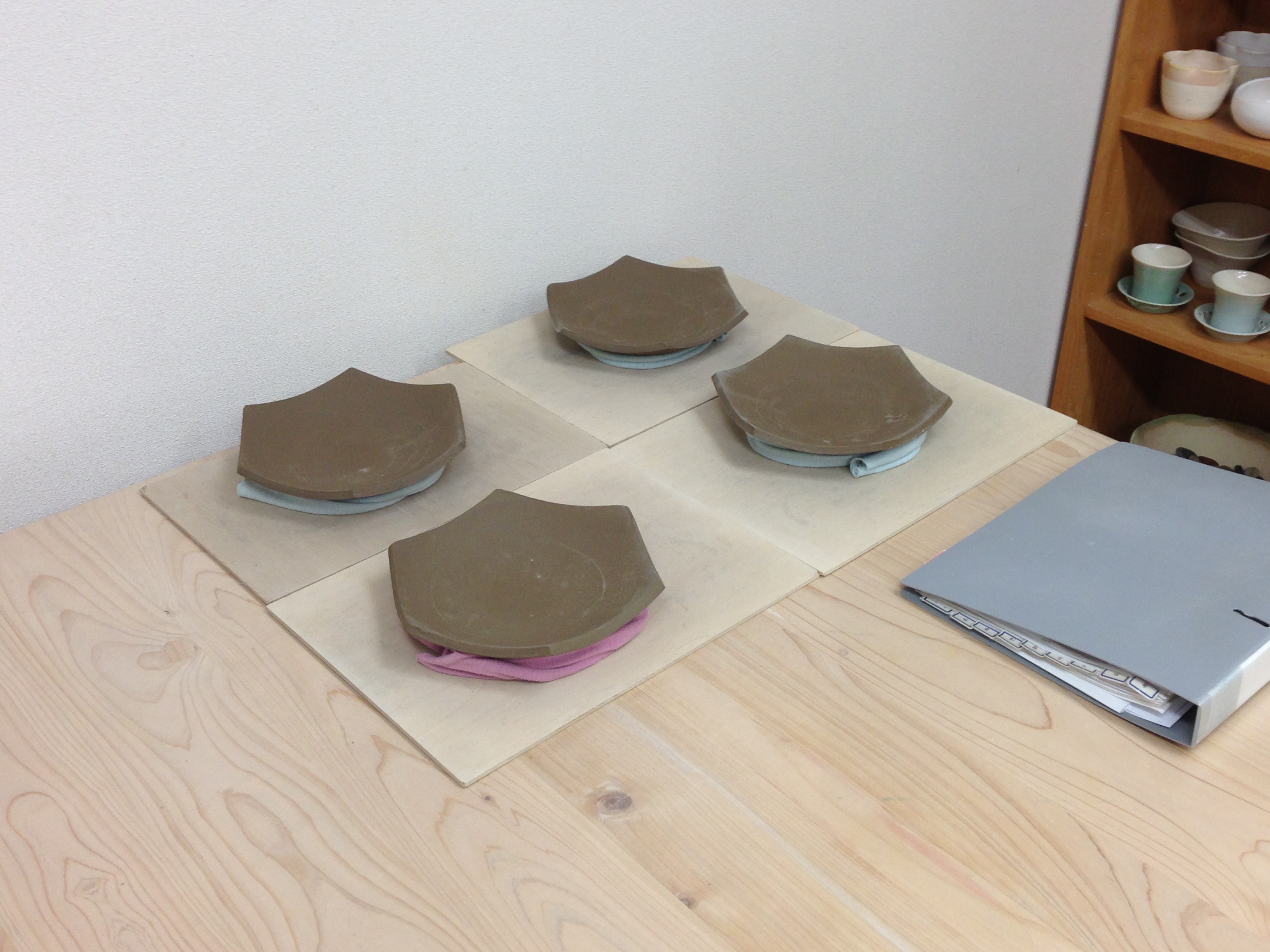During my time at KCJS, I chose to participate in two CIP activities, which was possible because taiko meetings are infrequent (2-4x a month). Besides living with a host family, CIP was pretty much the only opportunity for me to interact with regular Japanese people. I have definitely learned a lot from my CIP experiences, but they have rarely served as a gateway to strong friendships with Kyoto-ites. This is mainly because attendees change at every meeting. Still, I will try my best to maintain a relationship with the other volunteers and taiko players when I leave Japan.
Before I came to Japan, I was more excited about the CIP part of the program than I was about the classes. I had this grand vision of learning to ride horses (possibly even 流鏑馬), taking kyudo and taiko lessons, and cooking Japanese cuisine on a weekly basis. Well, none of that happened. I wasn’t at an advanced enough level to join the local horseback riding clubs, which also started around 6 or 7 am, and money proved a limiting factor in taking group and private lessons. However, I knew I wanted to work with animals and I wanted/needed some sort of exercise, so I talked it over with my Japanese teacher. She managed to find the zoo and taiko opportunities within minutes, and it went on from there.
I don’t regret my CIP choices. A piece of advice for future KCJS students: things are bound to be awkward the first few times, but if it still isn’t going well after a month or so, start looking for a new activity! In any case, I greatly appreciate my chance to interact with Japanese children at the petting zoo and playing taiko at a shrine. I was able to practice my Japanese and learn more about the local people and culture in environments that the classroom cannot match. The one good friend I made, I met through volunteering at the zoo. She is an older retired woman, and we visit famous locations (Kinkakuji, Nijo Castle at night) and have meals together. I also added a fellow taiko player on Facebook, so staying in touch with her will be easy.
However, I sometimes dreaded going to CIP activities because of the chance that I will become stressed. One semester is an extremely short time to learn something new in a foreign country, so if you intend on joining a “traditional arts” group, it is best to continue with what you already know. (Lessons would be different, I think.) For instance, while taiko is fun after I manage to get “into the zone,” I am awful compared to the two other KCJS students, who have previous experience. There is supposed to be a performance sometime in April, but I would rather not be in it… Also, because taiko meets so infrequently and not everybody shows up every time, it is very hard to make friends. Most of the members are older, too. I have gone to event, including dinners, but I still feel like a guest rather than a member.
The zoo is alright when I can rely on route memorization, but it becomes harder when I can’t understand guests’ questions. The experience is teaching me to be more assertive in saying no, as I was scolded for helping someone take a picture. It’s a long learning process, but when I finally do something well, it’s extremely rewarding. It’s also hard to make friends here because different people show up each time and everybody seems to have places to go afterward. Still, it doesn’t hurt to try. You should start by writing down everyone’s.
Hopefully, volunteering at the zoo will prove useful to have the connections when I start my thesis research. My last piece of advice: if you want to write a Japan-related thesis, start networking during KCJS.


